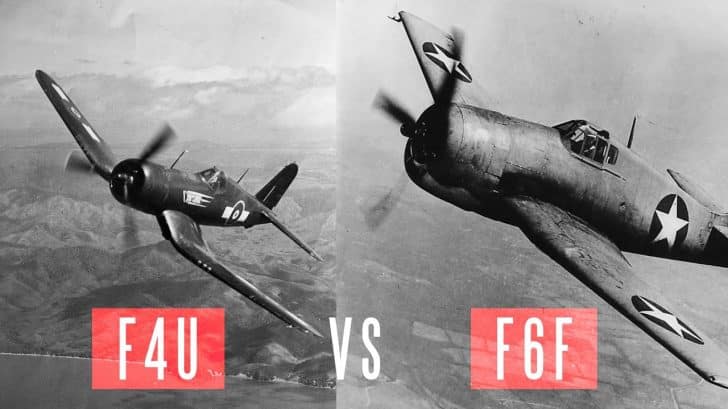When people look back at the Battle of the Pacific theater, there are two American fighter planes often remembered together, the Vought F4U Corsair and the Grumman F6F Hellcat. But which was the better fighter?
Kill Ratio and Reputation
It has been said that the F4U holds one of the best combat records of any American fighter during WWII with a kill ratio of 11:1. However, the Hellcat one-upped the Corsair when it comes to kill ratios, claiming almost 20:1 by the end of the war.
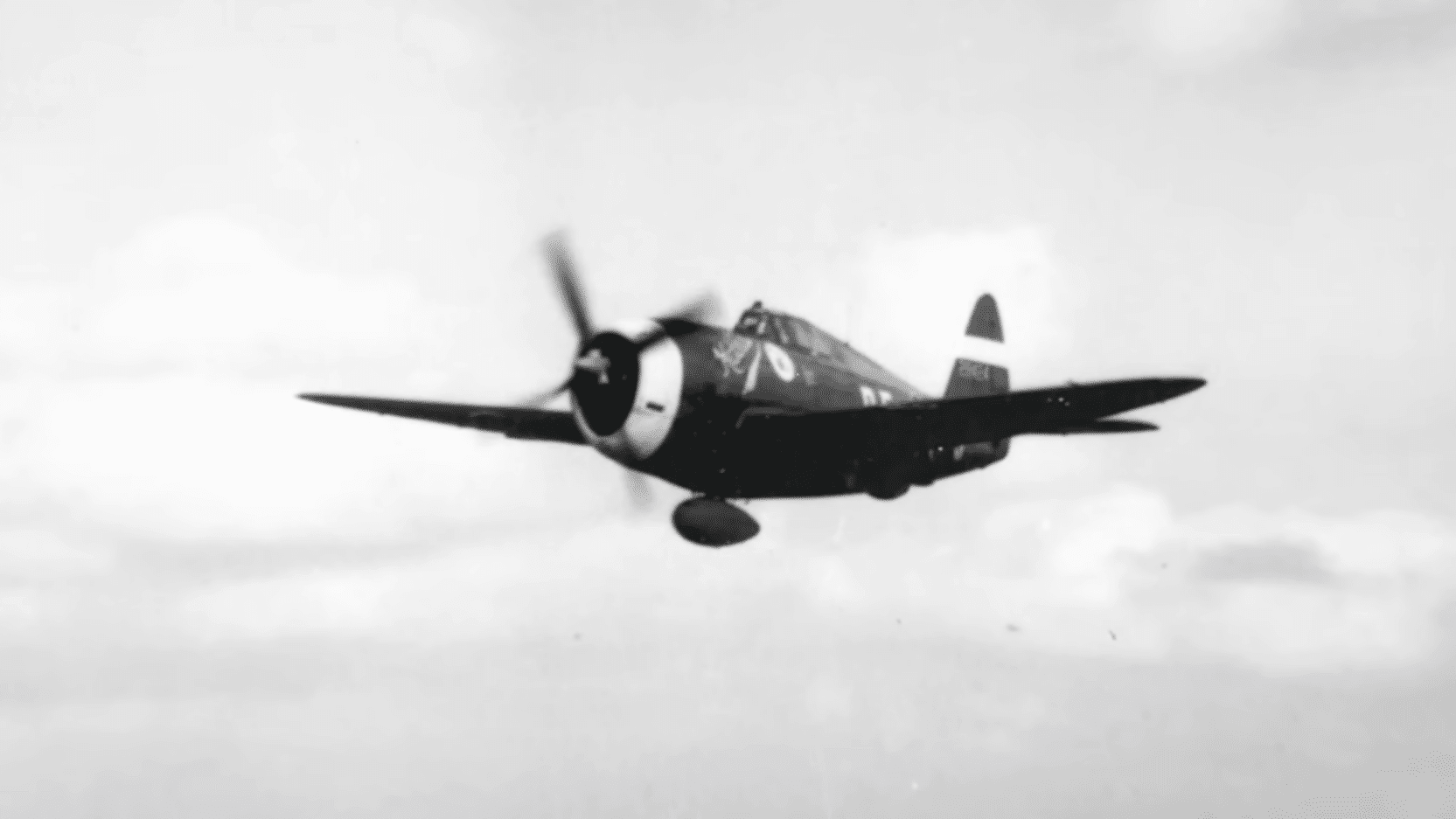
While the Corsair couldn’t compete with kill stats alone, it certainly makes up in terms of reputation. The Corsair was widely considered by Japanese pilots as one of America’s best fighter planes.
Sorties
Throughout the war, both planes flew the same number of sorties, with the Hellcat flying 66,000 sorties while the Corsair flew 64,000.
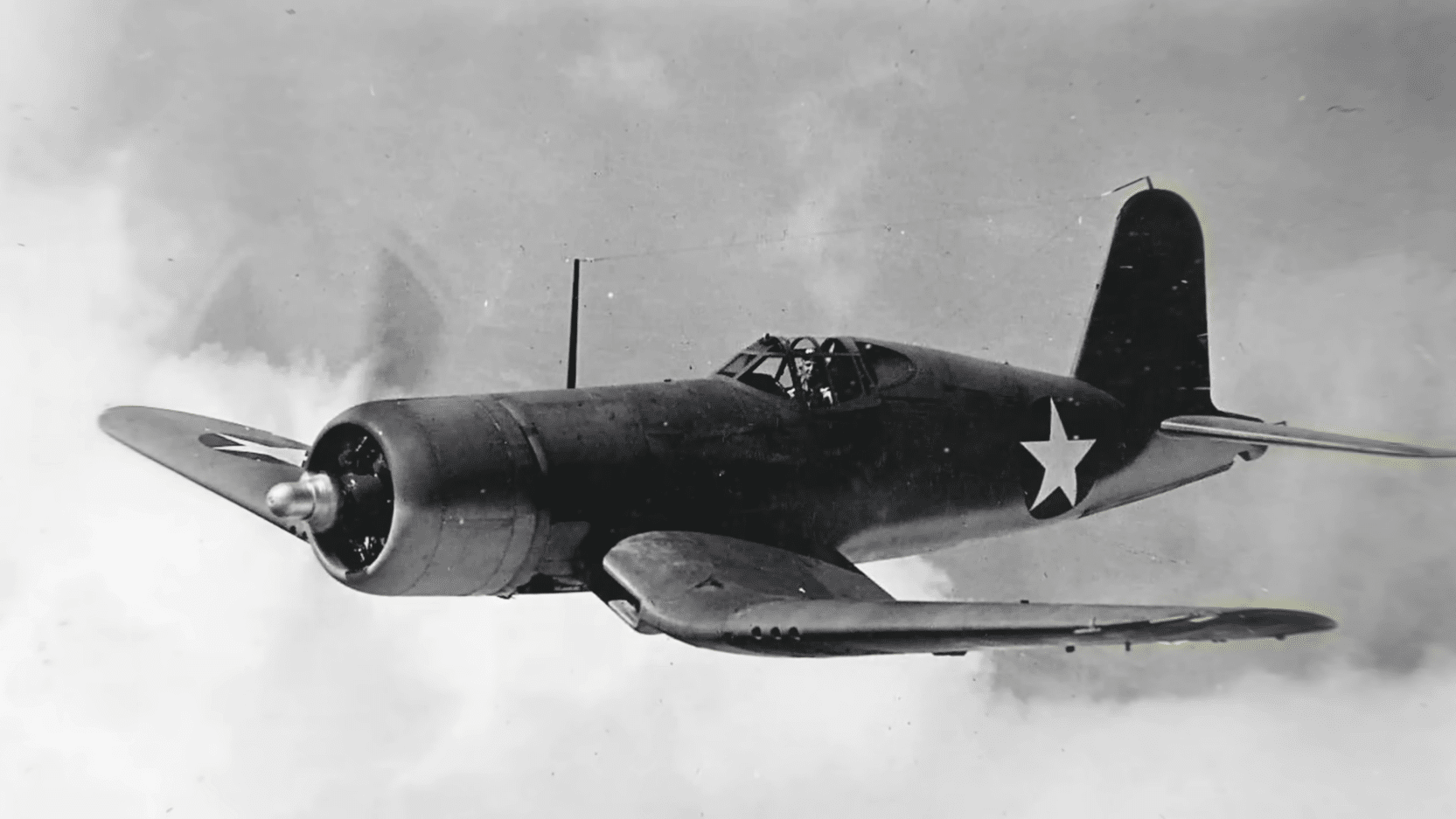
An important consideration is that both of them were powered by the same engine – the Pratt and Whitney R-2800 Double Wasp.
Performance
Performance tests on the Hellcat showed a consistent climb rate of 2,600 feet per minute. Later variants of the plane can reach 3,400 feet per minute.
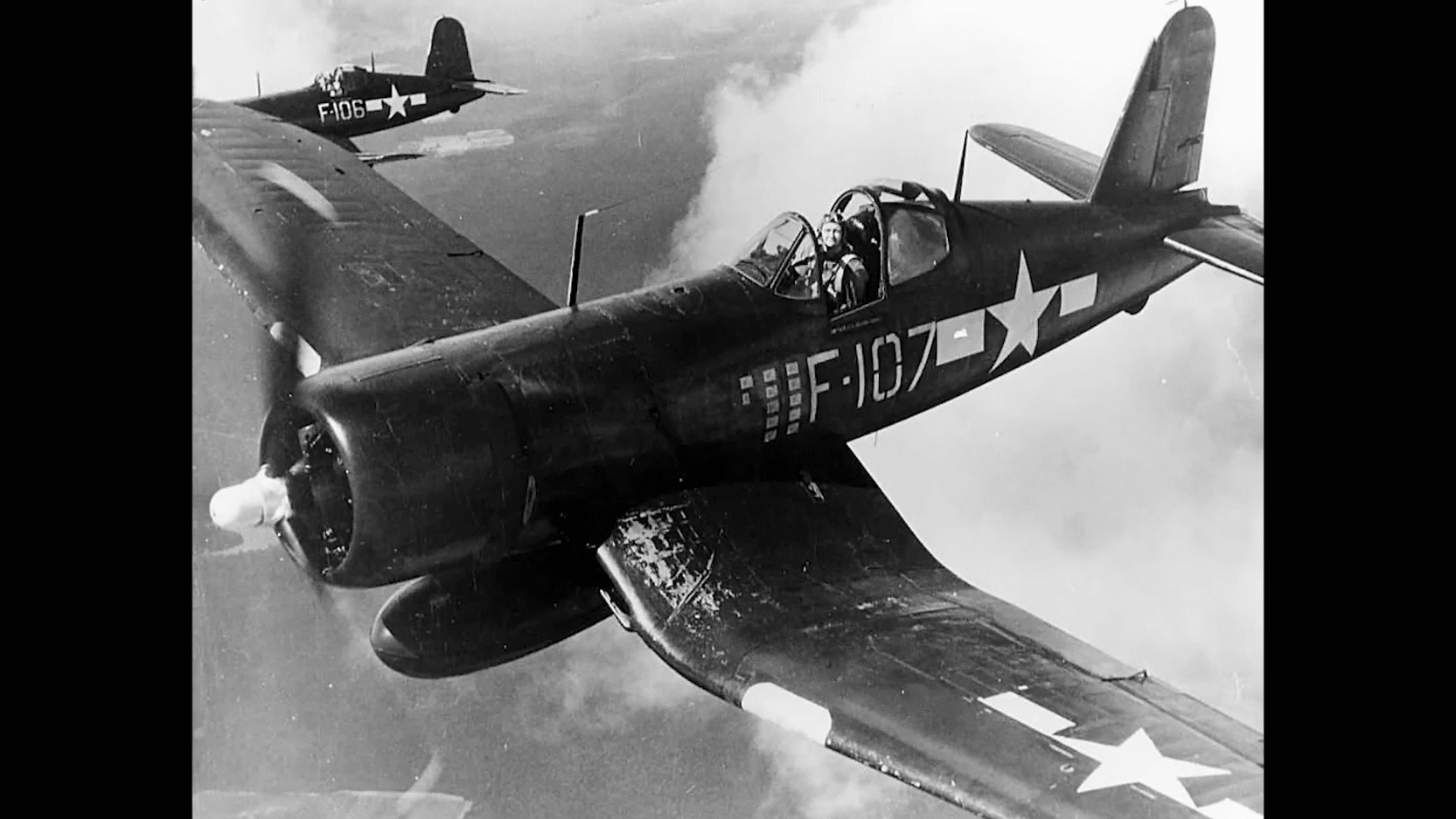
In contrast, early versions of the Corsair were rated at 2,900 feet per minute while late-war F4U-4s could climb up to 4,400 feet per minute.
Range
Range is where a significant disparity is found between the two planes. The F4U can travel up to 1,600 km.
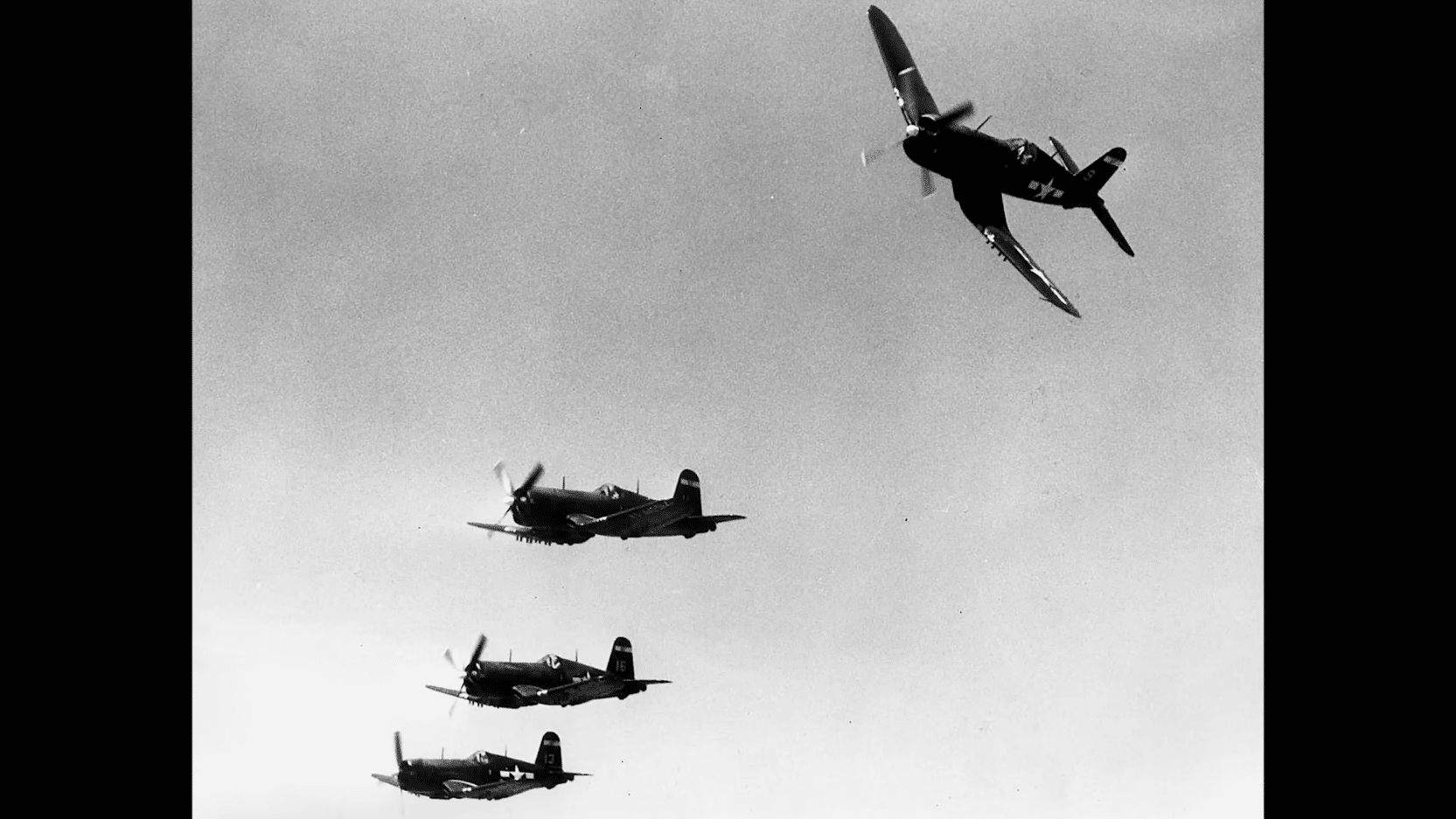
Meanwhile, the F6F-5 Hellcat can fly up to 2,400 kilometers. This range can be extended with external tanks for either aircraft.
Conclusion
Although it can be said that the Hellcat outperformed the Corsair during WWII, the Corsair would see combat once again half a decade later.
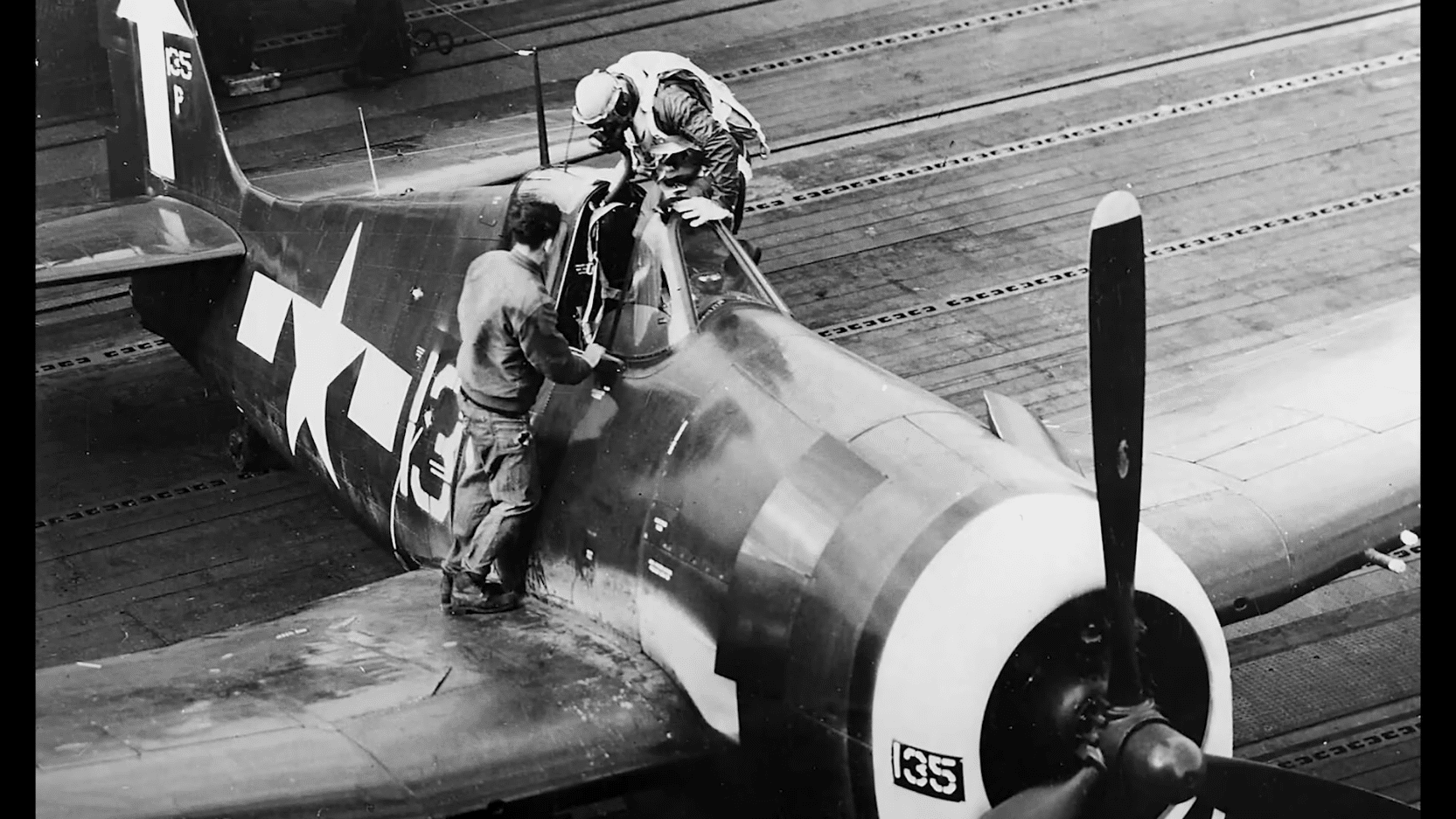
These two planes, despite their strengths and weaknesses, provided the deadly force they were designed for.


